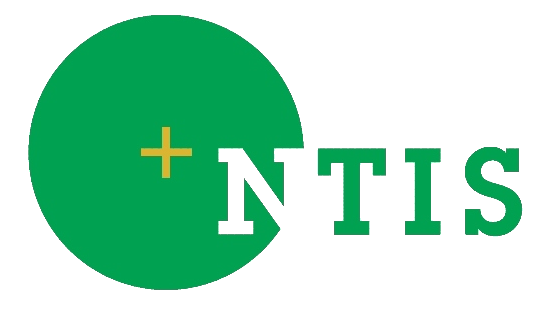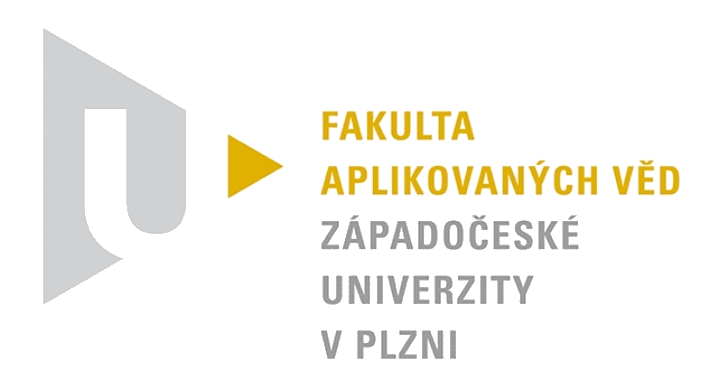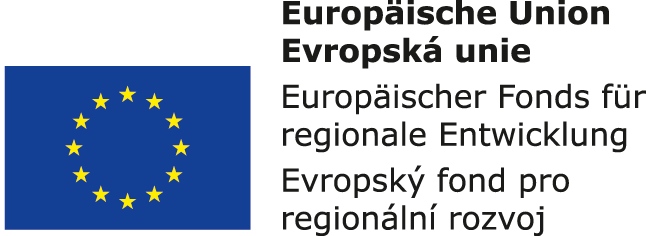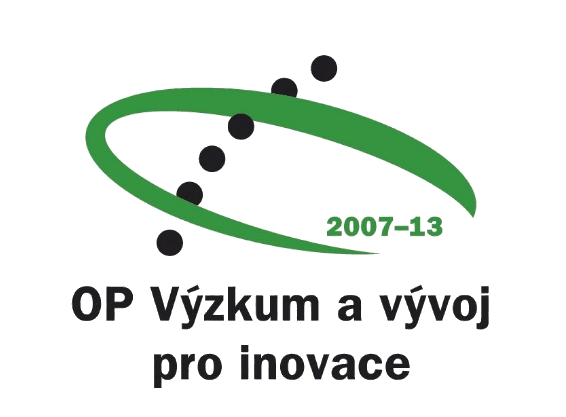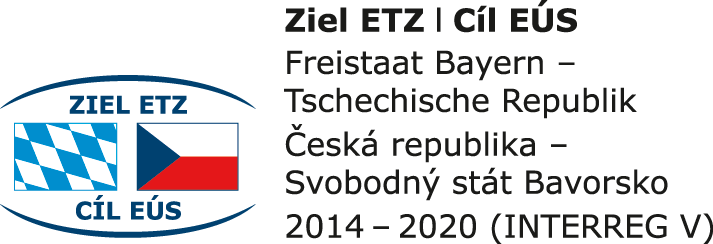
Odd-Ball Protocol Stimulator for Neuroinformatics Research
The P3 (or P300) event-related brain potential is thought to reflect brain electric activity related to cognitive processes. It is widely used not only in psychological research and clinical diagnosis but also in the brain computer interface (BCI) systems. To elicit the P3 component the odd-ball stimulation protocol is often used. In this paper, design of simple visual odd-ball protocol stimulator, which generates stimuli with predefined parameters, is described. The stimulator also generates additional signals for synchronization with EEG recording computer. Application of the stimulator in experimental work is also presented here.



